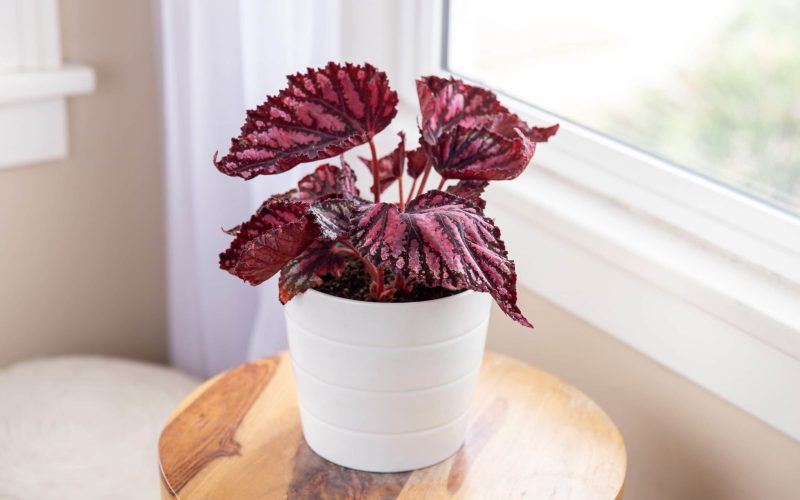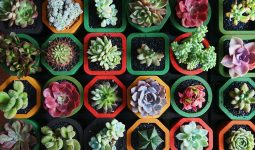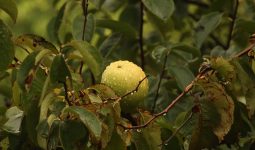Begonia houseplant is considered the most sophisticated plant for growing indoors and outdoors.
These adorable houseplants can be cultivated for their leaves and beautiful efflorescence.
Depending on the type of begonia houseplant, you can grow an attractive and astonishing leaf-giving plant or a flower-giving plant.
The begonia houseplant is a very common yet popular plant for bedrooms in some areas.
However, some serious plant lovers search for the beautiful leafage of begonias respectively.
Begonias do well in sunlight but they can’t survive the direct and harsh sunlight!
Begonia houseplants (Begonia genes) are an association of over 1800 species of plants. They are available in tropical and subtropical areas.
These are long-lasting plants in zones 10 and 10. They can grow in almost every region annually.
The most interesting fact about the begonia houseplant is that most species produce flowers even in fluorescent sunlight and shady conditions.
This is a rare quality; only a few indoor plants can produce adorable and eye-catching flowers in these atmospheric conditions.
Botanical Overview of Begonia Houseplant
From the botanical perspective, Begonias are earthy evergreen herbs that grow best in tropical and subtropical regions, especially in South America, Africa, and Asia.
Moreover, the begonias have all the crucial components for a successful transplant and astonishing flexibility in the genus.
No matter how riotous it is, the wildflowers will still spring up in the middle of nowhere as, where flowers bloom, so does hope!
Their standard includes everything from a reliable landscape to elegant species. Nowadays, Begonia houseplants are the combinations in cultivation.
They don’t need the implantation of seeds for their growth. They can be easily grown by cutting or dividing the leaves into cores. In this way, you can grow your begonia houseplant in no time.
The best thing about the begonia houseplant is its tolerance to occasional negligence.
Different Varieties of Begonia Houseplant
When choosing the Begonia Houseplant, you are provided with a long list of Begonia species. This includes both plants that provide foliage and plants that provide blossoming flowers.
When purchasing a begonia houseplant, the two most popular names that will pop up on your plant table are Wax Begonia and Rex Begonia.
Foliage and Flowering Plants
There are two main categories in which you will fall when choosing a Begonia houseplant.
The first choice is to choose foliage or leafy plants. Foliage plants are a good selection because they bring greenery to your house most aesthetically and adorably.
Moreover, its colorings, markings, and unusual leaf shape will delight you.
In addition, there is a huge variety of plants in the foliage category, so you can use any plant you like according to the size, textures, and pattern of the leaves.
The tip to choose the best flowering begonia houseplant is to select the one with only a few open flowers and most of the buds so that they will grow with time and in this way you can keep them for a prolonged period.
The second choice is to bring flowering plants to your home. This category will catch you with its beautiful flowers.
In this type, the leaves are not to be considered, but the point of emphasis is the colorful and fragrant flowers.
Once you have decided whether to bring flowers or foliage, the begonia houseplant is further divided into groups along with their specifications, i.e., their looks and growing capacity.
Let us have a look at the different types of begonia houseplants:
Charm Begonia
Along with the white marking on green leaves, these are the most variegated houseplants. This plant falls under the umbrella of the Wax Begonia houseplant.
It has fibrous roots. It is the best begonia houseplant to grow in flowering containers because it beautifully covers all the areas.
The flowers are comparatively small (18-24 inches). This is a combination houseplant that produces flowers in fluorescent light. It can even grow in shady areas.
Rhizomatous Begonia
They are foliage-type plants. In the spring season, they might blossom flowers, but these flowers are not comparable to the flowering type.
It is a well-balanced plant with adorable and attractive leaves. It is a type of evergreen plant that gives you pleasure throughout the year and survives winters.
Tuberous Begonia
Due to its adorable flower display, they can be put on the entrance shelves of houses to add more colors and greenery to your residential place.
They are also displayed outside the houses. These flowering plants grow beneath the soil surface.
These are the most energetic plants and remain in full bloom for a prolonged period.
Cane Begonia
These are the evergreen plants that don’t lose their foliage in winter. They remain in their shape and texture for a long time. Moreover, they can also give flowers in the autumn and winter seasons.
Begonia Houseplant – Care and Maintenance
The Begonia houseplants require proper watering, light, and humidity for perfect growth. However, they grow rapidly.
Some of the tips and tricks to put under consideration while cultivating the Begonia plant are as follows:
Proper Watering
Watering is the most crucial issue when growing begonias. There can be either too much or too little watering.
These plants require well-balanced water for their growth. If the watering is not balanced, the plant can easily rot.
Moreover, the common disease, i.e. Botrytis, can attack your plant. To cope with this situation, the water is given after a gap.
Light
Your Begonia houseplant will be delighted if exposed to direct light when there is a time for blooming flowers.
They grow instantly and beautifully. However, exposing your plant to direct sunlight for a prolonged period will affect the flowers badly.
So this needs to be prevented.
Moisture
The origin of begonias is tropical and subtropical regions. They prefer high humidity. Avoid placing your plant near fireplaces or dry places.
Select a place where there is moisture and fluorescent sunlight. These atmospheric conditions work best for them.
Is Begonia Houseplant Toxic?
Their roots contain soluble calcium oxalates that cause nausea in cats and dogs, i.e., vomiting or extreme salivation.
If your pet develops this condition, the vets advise putting it on a liquid diet for a short period until the toxin is cleared.
Final Takeaway
Your plant needs pruning and propagating as it grows. Trimming the plant after a while will help it grow more rapidly. Moreover, repotting your plant is also essential at least twice a year.
These steps are usually taken to refresh the growth and development of your houseplant.
That is all about the begonia houseplant. If you have this adorable plant in your home, you will be delighted to read this write-up, as it contains all the crucial information about growing your plant successfully.








